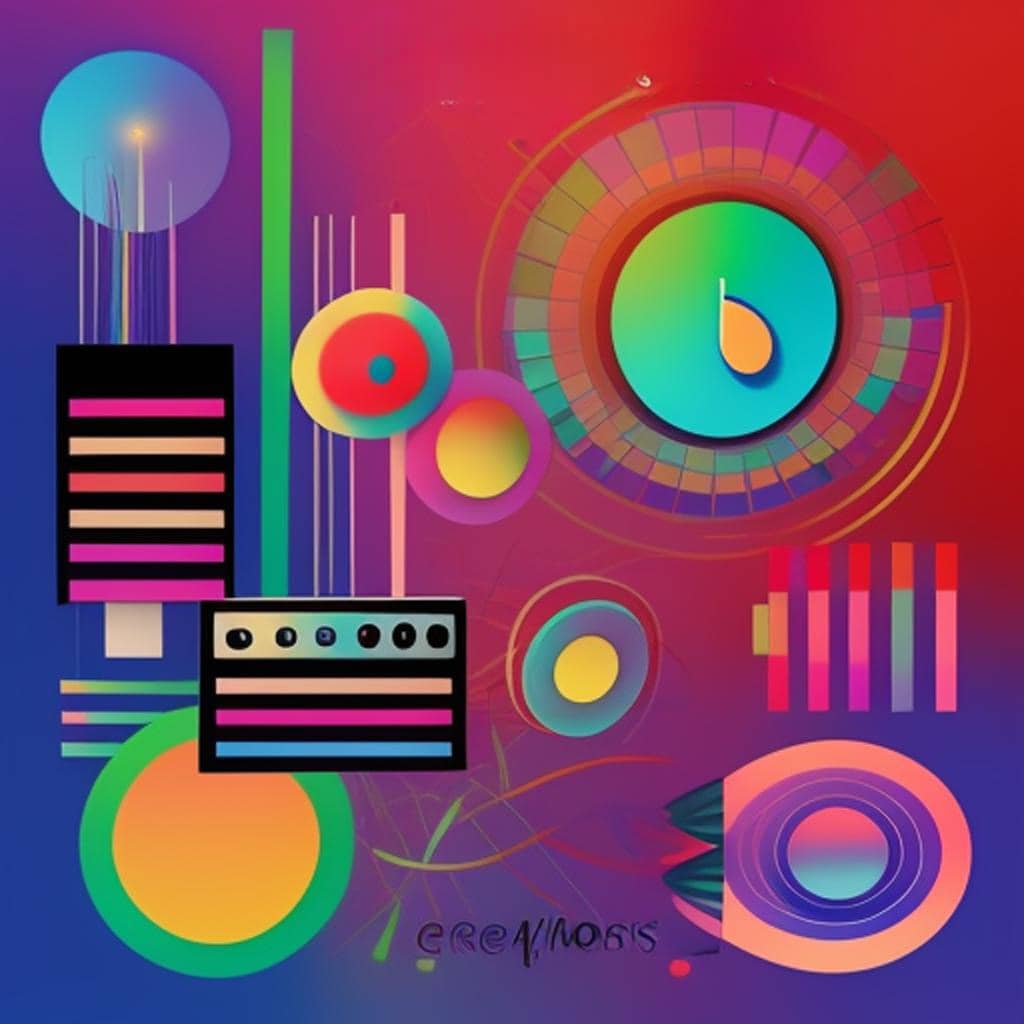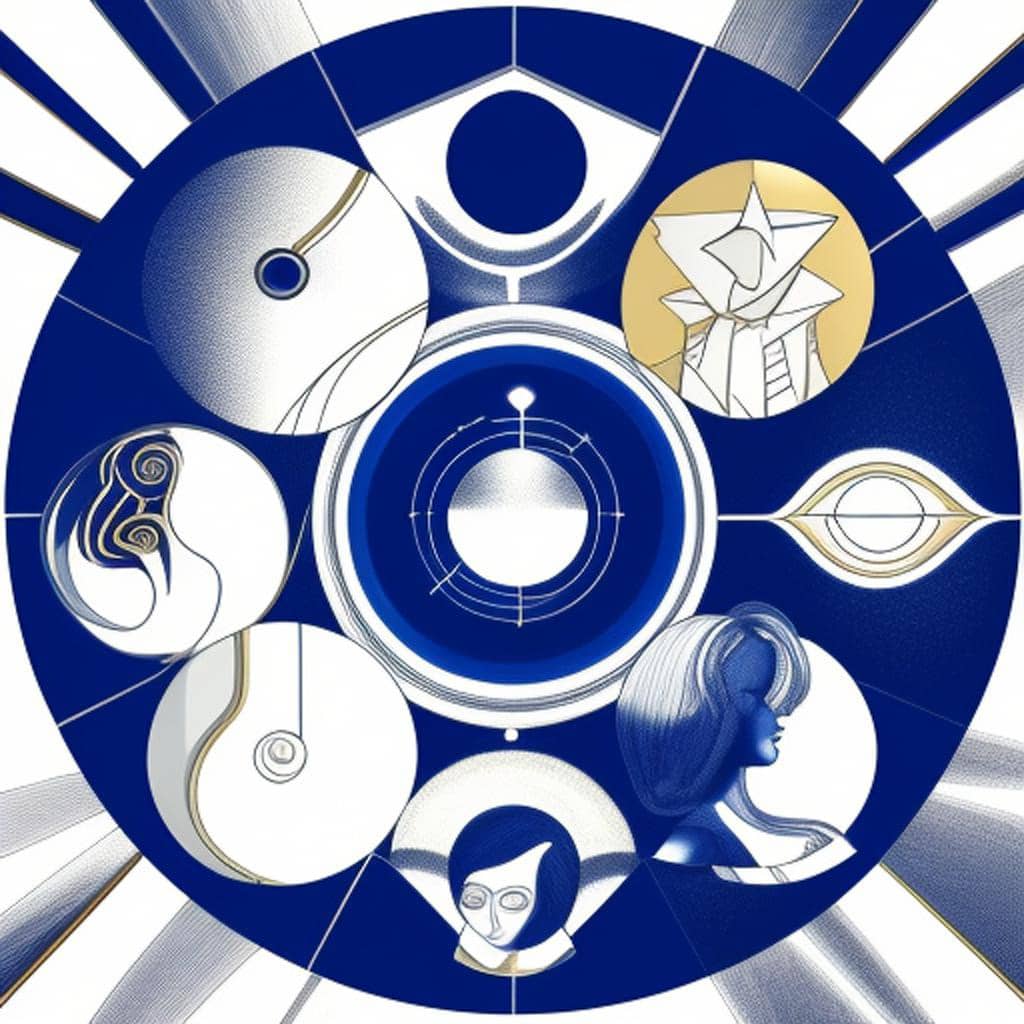The Synergy of Knowledge Collectives and Creative Collaborators
In today’s fast-paced and ever-evolving world, the ability to innovate and adapt is crucial for individuals, teams, and organizations. Two distinct but complementary groups have emerged as powerful drivers of innovation: knowledge collectives and creative collaborators. In this article, we explore the potential synergy when these two groups come together, creating a dynamic force that propels innovation to new heights.
Understanding Knowledge Collectives
Knowledge collectives, often found in research institutions, corporations, and educational organizations, are dedicated to the acquisition, organization, and dissemination of knowledge. Their core functions include knowledge sharing, management, and continuous learning.
Here’s a closer look at what defines them:
Knowledge Sharing: Knowledge collectives are experts at facilitating the flow of information within an organization. They ensure that insights, best practices, and data are shared effectively among team members and departments.
Knowledge Management: They excel in developing and maintaining systems and processes for capturing, organizing, and storing knowledge assets. This includes documents, databases, and established best practices.
Continuous Learning: Knowledge collectives foster a culture of perpetual learning and improvement. They organize training programs, workshops, and communities of practice to promote skill development and expertise.
Creative Collaborators, Architects of Innovation
On the other side of the spectrum are creative collaborators, who thrive in the realms of art, design, music, film, and writing. These teams are defined by their innovative thinking, artistic expression, and ability to turn ideas into reality.
Here’s what characterizes them:
Ideation and Brainstorming: Creative collaborators are masters at ideation. They engage in brainstorming sessions that spark creativity and generate groundbreaking concepts.
Collaborative Work: Members of creative collaborator teams work together harmoniously, each contributing their unique skills and talents to a project. This collaboration often results in the fusion of diverse creative perspectives.
Innovation: Creative collaborators are driven by a relentless pursuit of innovation. They push boundaries, experiment with new techniques, and explore uncharted artistic territories.
The Power of Fusion when Knowledge Meets Creativity
Now, imagine a scenario where these two worlds converge—a knowledge collective team and a creative collaborator team working together in harmony.
What emerges is a synergy that brings out the best of both worlds:
Innovation and Problem Solving: This merged team becomes a powerhouse for generating novel solutions to complex challenges. It combines the practical application of existing knowledge with the generation of new, creative approaches.
Cross-Pollination of Ideas: The infusion of knowledge from the collective team into the creative process results in unique perspectives and solutions. Data-driven insights complement creative thinking.
Effective Communication: Clear documentation and knowledge management practices ensure that valuable insights and lessons learned are preserved and applied in future projects.
Efficient Project Management: The merged team efficiently manages projects, ensuring that creative endeavors are both innovative and executed within established timelines and budgets.
Continuous Learning and Improvement: The culture of continuous learning from the knowledge collective team is applied to creative processes. Lessons learned from past creative projects are documented and used to refine future endeavors.
Resource Optimization: Resource sharing, both creative tools and knowledge assets, leads to more efficient resource allocation and utilization. The collective team provides access to data and research materials that inform creative decisions.
Feedback and Quality Assurance: Robust feedback and quality assurance mechanisms ensure that creative outputs meet artistic and practical standards.
Holistic Approach: The fusion of these teams results in a holistic approach where creativity is informed by knowledge, and knowledge evolves through creative exploration and application.
Conclusion: The Creative Knowledge Nexus
In a world where innovation drives success, the synergy of knowledge collectives and creative collaborators emerges as a powerful force. This collaborative nexus creates an environment where creative thinking is informed by data, and knowledge is infused with creativity. It’s a union that fuels innovation, fosters a culture of continuous improvement, and propels organizations and individuals to new heights of achievement.
In this dynamic landscape, the possibilities are endless, and the potential for groundbreaking innovation is boundless. Embracing the fusion of knowledge and creativity may well be the key to unlocking a future defined by innovation and excellence.







